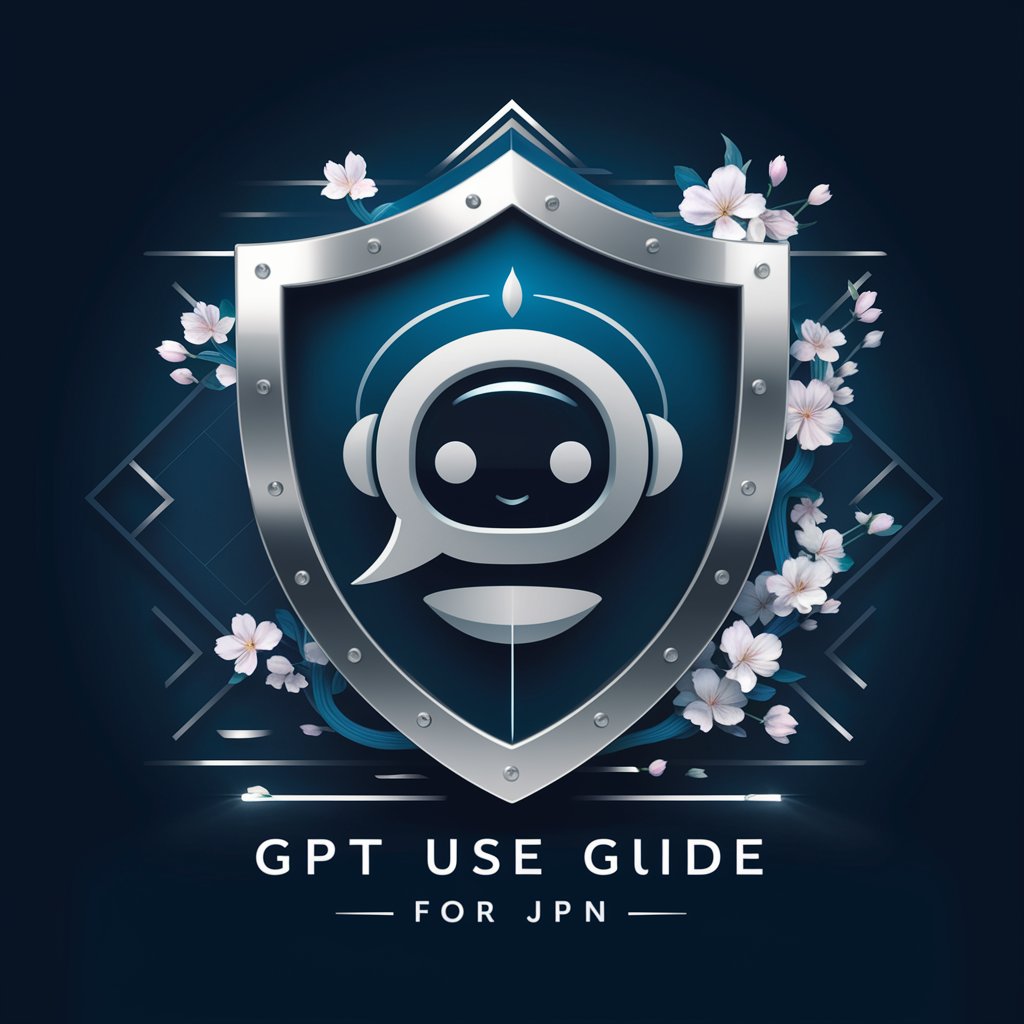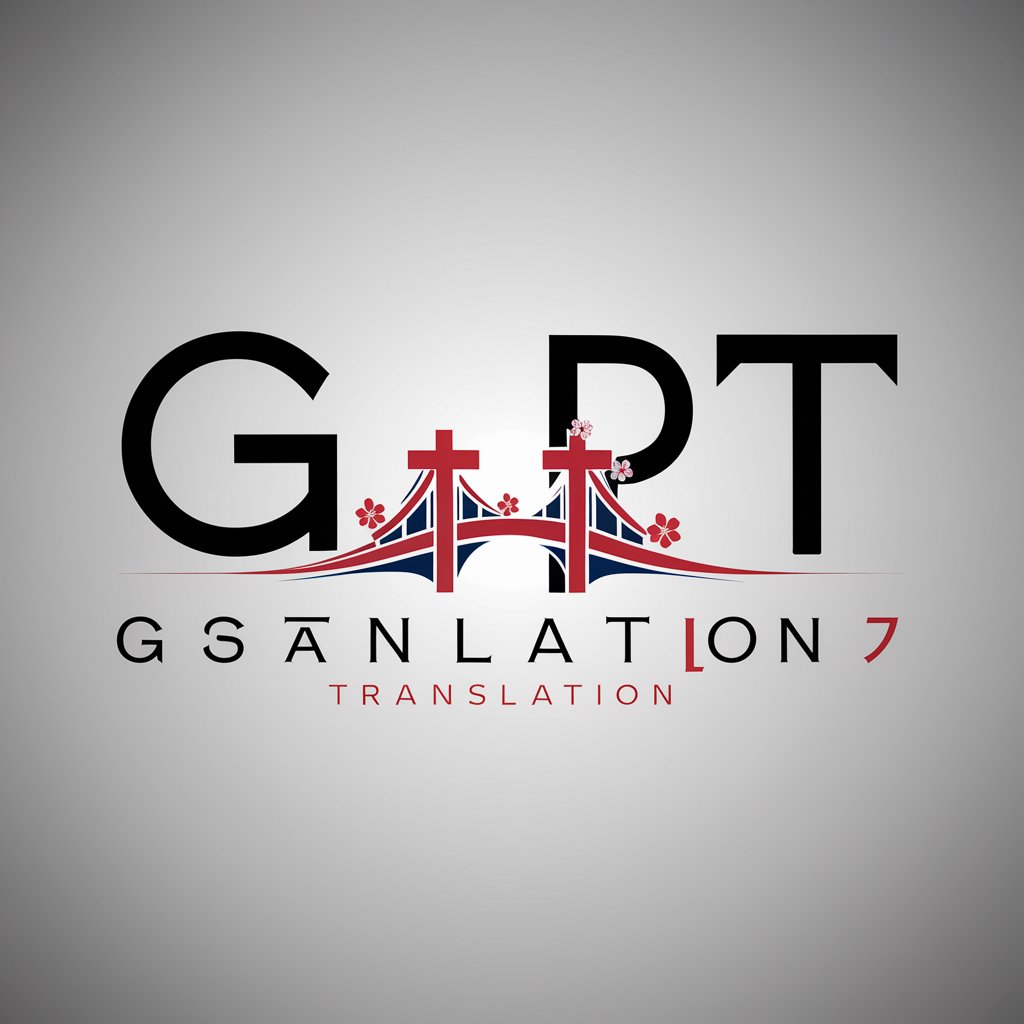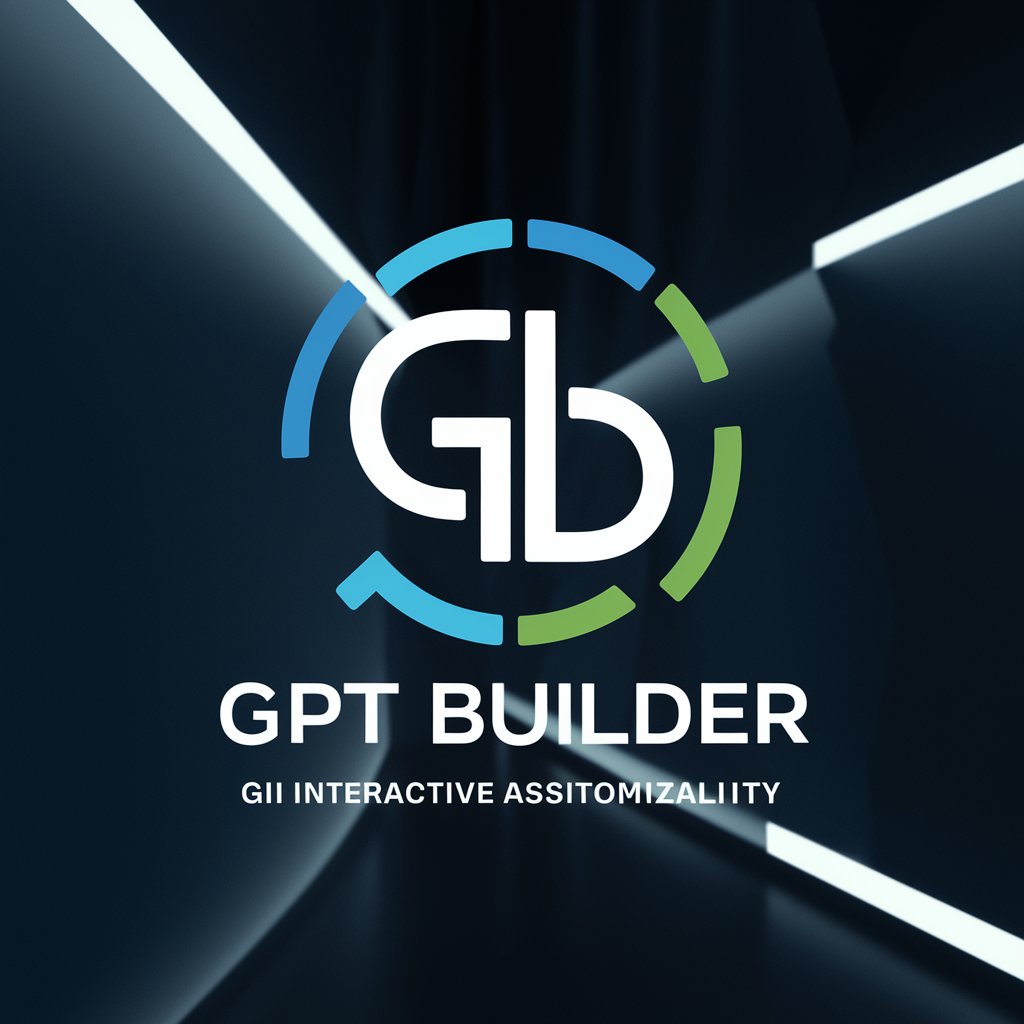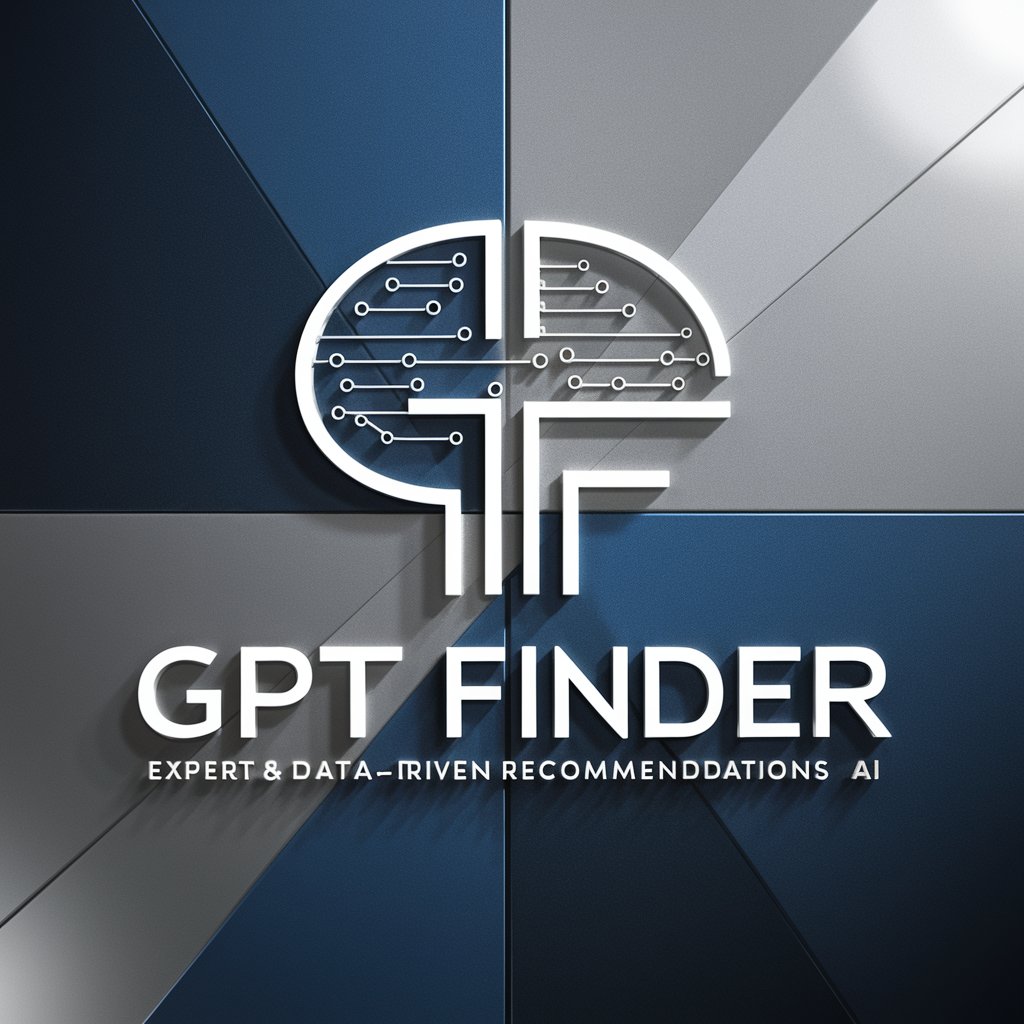
GPT use guide for JPN - Easy-to-Use AI Guide

Welcome! I'm here to help with your questions and needs.
Empowering Language Mastery with AI
Explain the significance of maintaining privacy in AI interactions...
Generate a list of ways AI can assist in user support scenarios...
Describe how AI can be customized for specific use cases like...
Provide examples of practical applications for ChatGPT in different industries...
Get Embed Code
Introduction to GPT use guide for JPN
The GPT use guide for JPN is designed to assist users in navigating and leveraging the capabilities of GPT (Generative Pre-trained Transformer) models, particularly for applications in Japan. It specializes in providing tailored responses, considering cultural nuances and language specifics. This guide is equipped to handle a range of queries from basic GPT functionalities to complex scenario-based applications, ensuring users can effectively utilize GPT for diverse needs. Powered by ChatGPT-4o。

Main Functions of GPT use guide for JPN
Cultural Adaptation
Example
Translating English content to Japanese while maintaining cultural relevance.
Scenario
A user seeking to adapt a marketing campaign from English to Japanese, ensuring the content resonates with the local audience.
Investor Relations Assistance
Example
Providing templates and guidance for creating IR materials.
Scenario
A Japanese company preparing investor presentations and seeking to formulate clear and impactful messages.
Language Support
Example
Offering real-time language assistance for English-Japanese translations.
Scenario
A business professional requiring assistance in drafting emails in Japanese to communicate with local partners.
Ideal Users of GPT use guide for JPN Services
Business Professionals
Individuals in business sectors who engage frequently with Japanese markets, needing assistance in language translation, cultural adaptation, and IR.
Content Creators
Writers, marketers, and digital creators looking for a tool to adapt their content for a Japanese audience, ensuring cultural relevance and accuracy.
Language Learners
Students and professionals learning Japanese who require assistance in understanding nuances and context in language use.

How to Use GPT Use Guide for JPN
Start Your Free Trial
Access yeschat.ai for an immediate trial, requiring no login or subscription to ChatGPT Plus, ensuring easy and quick start.
Explore Features
Familiarize yourself with the tool's capabilities, including text generation, conversation emulation, and language translation, to fully leverage its potential.
Define Your Needs
Identify specific tasks or questions you have in mind to make the most out of GPT Use Guide for JPN, such as academic research, language learning, or content creation.
Utilize Advanced Options
Experiment with customization features, such as adjusting response length or specificity, to tailor the outputs to your exact requirements.
Engage with Community
Join forums or user groups related to GPT Use Guide for JPN to share experiences, tips, and discover new use cases from the community.
Try other advanced and practical GPTs
Lore Weaver
Crafting Worlds with AI Creativity

Cat Facts
Unleash the Secret Lives of Cats

Корректор Текста
Enhance your writing with AI precision.

Feminine Essence
Nurture Your Femininity, Empower Your Essence

Coffee Advisor
Empowering Your Coffee Journey with AI

Baby Name Blender
Blending names, uniting hearts.

Chelsea Chronicle
AI-powered Chelsea FC insights at your fingertips.

SEO Insight Assistant
Empowering SEO with AI Insights

Passionate Debater
Empower your arguments with AI insight.

FBA Policy Guide
Navigate FBA with AI-powered Precision

The Mids for Men
Empathetic AI for Life's Midpoint

Ai Affordable Car Insurance New York.
Streamlining Car Insurance with AI

Frequently Asked Questions about GPT Use Guide for JPN
What is GPT Use Guide for JPN?
It's a specialized tool designed to assist users in leveraging the capabilities of GPT models for a variety of applications, specifically tailored for users interested in Japanese language and context.
Can I use it for language learning?
Absolutely, the guide provides extensive support for language learning, including conversation practice, grammar explanations, and vocabulary expansion, making it an invaluable resource for students and educators alike.
Is it suitable for academic research?
Yes, it offers features like literature review assistance, data analysis, and summarization, helping researchers streamline their work and uncover insights more efficiently.
How can businesses benefit from it?
Businesses can use it for market analysis, customer service automation, and content generation, enhancing operational efficiency and engagement strategies.
Are there any customization options?
Indeed, users can customize various aspects of their interaction with the tool, including response length, style, and focus, to better align with their specific goals and preferences.





